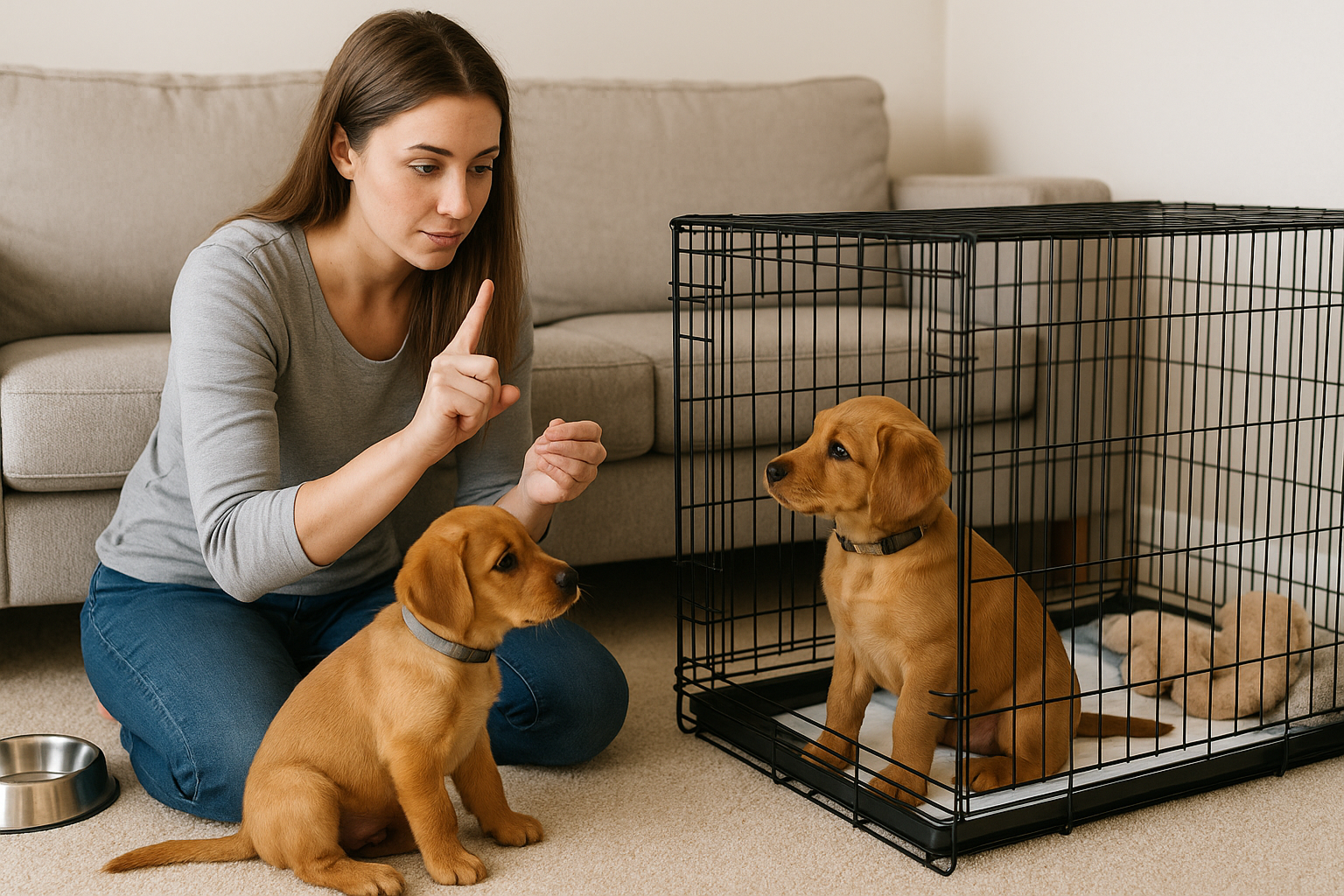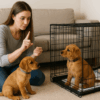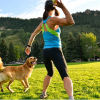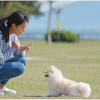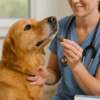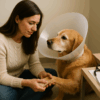A detailed post on how I’ve potty trained new puppies in our house that, among other things, considers the biological development of the puppy bladder
I have raised two puppies with this method and, while inconvenient to begin with, I think it has a great balance of what a puppy should be capable of physically and mentally and what I am capable of physically and mentally!
It is common practice to tell people that a puppy shouldn’t be expected to hold their bladder any longer in hours then they are in months of age (3 months old = 3 hours of “holding it”). But what does this mean when potty training? Especially working full time, it’s hard to “work up to” having a puppy hold their urine for the full time you are away at work. Well, this is how I did it for Bubba and Abby (my two rescues I adopted as puppies):
First things first, acknowledge that accidents will happen and prepare for them. Most of the time it’s either because the puppy doesn’t know how to tell you when they have to go or because you don’t know how to read their behavior. Be realistic that you can’t catch them all the time. I love using Nature’s Miracle.
Set up 2 spaces. One for during the day (in an area convenient to daily living). Make this a kennel large enough to have a sleeping area, toys, water and a piddle pad. For the second area, get a small kennel with just room to sleep, add a stuffed animal and a soft blanket or towel. Put this one in your bedroom…
At night, when the puppy wakes up, you can respond before they get loud and worked up (so you aren’t reinforcing barking and fussing when you take them out). Take them out to potty and when done, praise them (but don’t get them excited) and put them back in their kennel and go back to bed. If they fuss in the kennel, you can put your fingers in the kennel until they calm down. If they try to run around and play when you take them out, put them on a leash and walk them in the yard. The idea is for these trips to be with purpose. Over time, they sleep longer, build bladder control, and you have to take them out less.
During the day, feed them and give them treats in their daytime crate. Even play with them in it (throw a toy in for them to bring it out). Shut them in for short periods but only open the door when they are calm (it’s ok to help them calm). Make leaving calm and uneventful, turn on a radio or a TV for background noise. Give them a treat… Make sure they have water (or if they dump it, freeze an inch or 2 of water in their bowl). When you get home, make getting home calm and uneventful…if they are worked up, put your fingers in the crate until they are calm before opening the door. Take them to potty first thing, praise them when they go. Then quickly clean up any accidents in the daytime crate using a neutralizing cleaner.
Using this method, you can tell how long they biologically can hold it and you are increasing their bond with your family and minimizing messes. When we trained Bubba, during the day, he would shred his piddle pads and when I got home, I found that he would peed on the pile of shredding pad! So he tried to hold it as long as he could. (Note: they now have washable piddle pads… love them!)
Anyway, please consider trying this method if you are struggling with how to best potty train. I’m using it with a foster puppy now… 6 days in and only 1 piddle accident outside of the kennel and no poops in the house at all. But we make sure she goes out after sleeping, eating and heavy play and are trying to learn her signs as much as she is trying to learn to tell us.

